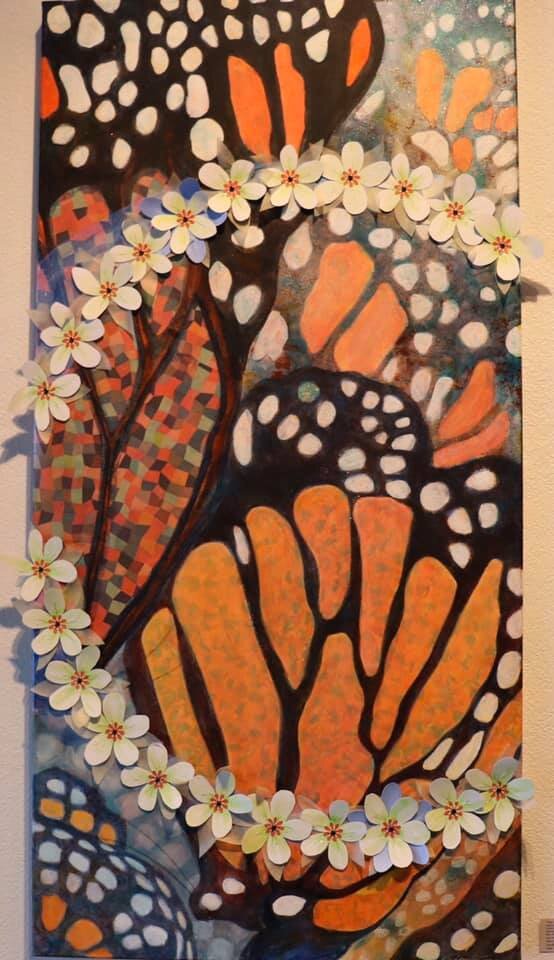This show features two series of paintings by local artist Kris Rhymes. One series is “Whatcanyacallit” and features portraits created with chocolate syrup and bright primary colors. It touches on the value of community, our children and childhoods, and caring about and for each other. The second series "Value" uses fonts from popular candy wrappers paired with bright, appealing backgrounds to present phrases to make you stop and take stock -- "We need hugs & shit," "Creativity is currency," and "Stop sweet talkin'" are a few examples. There is beauty and wisdom to be found in this vibrant, well-crafted artwork. Rhymes has been exhibited and privately collected in various venues including House Three Thirty Museum, I Promise School, Tempe History Museum, ASU Community Gallery, HQ Gallery, and many others. Find Rhymes work on krhymesartistry.com to purchase your favorite piece.
An Interview with Kris Rhymes
Hear from artist Kris Rhymes as he shares his inspiration and message behind his solo show “Whatdoyavalue?”






























